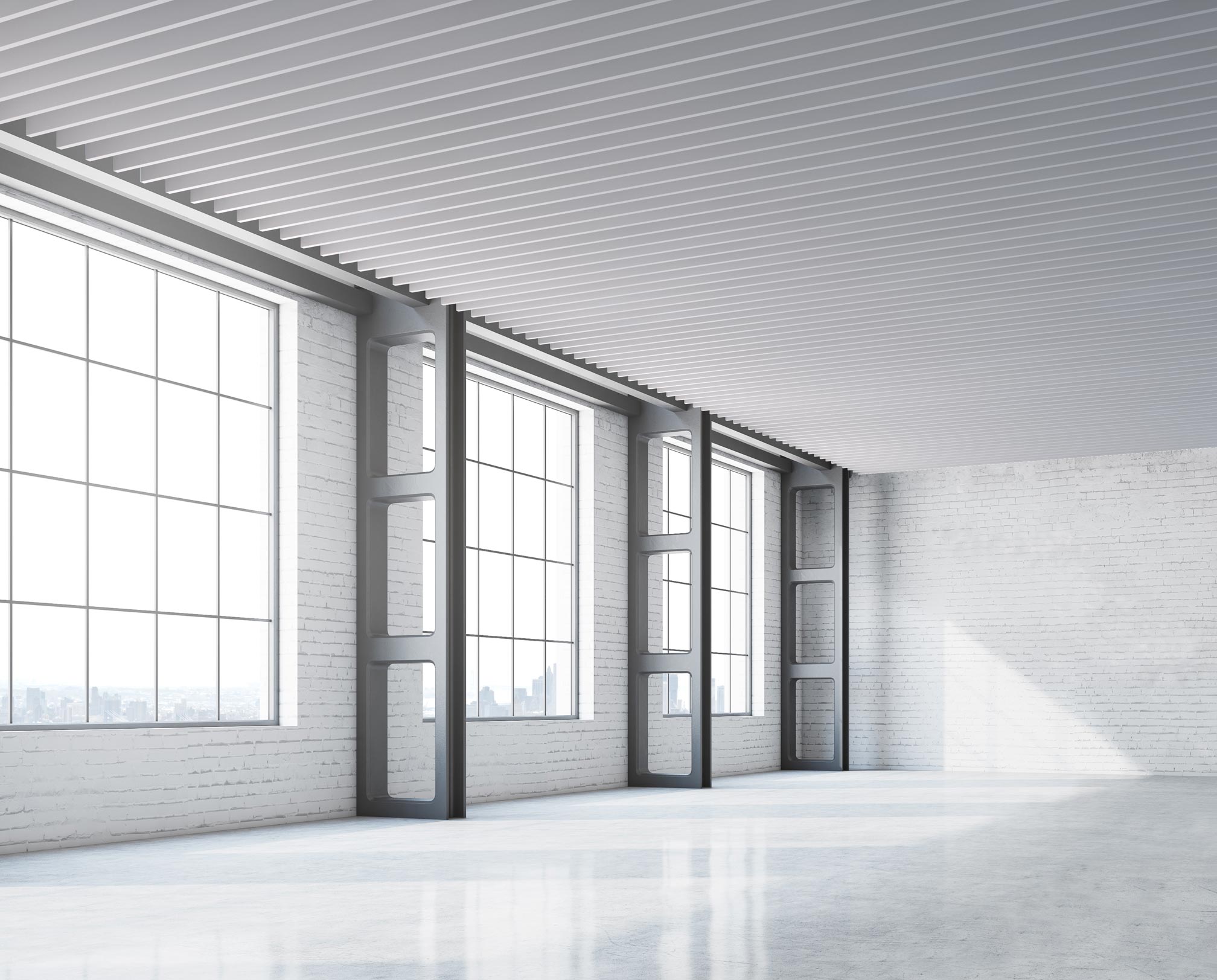
Timber is an extremely variable material. Understanding what timber grading is and the differences each grade represents allows you, as a building designer or specifier, to set parameters for this variability. This enables you to communicate what you desire from your timber material, creating a level of expected consistency within this variability.
What is timber grading?
Grading is segmenting timber’s natural variability into groups of set characteristics. Grading allows customers to define what they would like and timber producers the ability to outline what material they have available.
What characteristics are critical to the grading process?
When grading timber material for appearance, two sets of criteria are assessed:
1. The materials utility – is it fit for purpose?
2. Its visual characteristics, these include:
- Size & Stability (dimensional regularity)
- Durability (resistance to conditions)
- Moisture Content
- Structure & Fire Performance
The exact parameters of each of these characteristics are referred to as ‘Grade Definitions’ and, for Hardwoods, are outlined in Australian Standard 2796-2006.

How is timber graded?
There are three types of grading methods:
Visual Grading – Performed by a trained assessor. This assessor visually inspects each piece of timber as it comes off the line and assigns a grade. This is the most common grading method, especially when the piece (Timber Batten) intends to be used in an appearance application (i.e. interior architecture).
Machine Grading – This assessment method uses sensors or testing machines to compare the board against the criteria laid out in the grade definition. While it is quicker and more accurate than visual grading, we see it less common in practice as it is more expensive, and the machines require frequent calibration to ensure accuracy.
Proof Grading – This assessment method is carried out only after other grading assessment methods have been completed. It is mainly performed on timber material to be used in a structural environment. This process involves testing the material for its strength & stiffness by applying the loads set out in the grade definitions. If the material withstands these loads, then it passes. If it does not, then the material is sent back for reprocessing.
What are the standard grades available for Hardwoods?
For Hardwood material, there are three grades of timber outlined in AS 2796-2006:
1. Select
2. Medium Feature (sometimes referred to as Standard Grade)
3. High Feature
What is the difference between each grade of timber?
The easiest way to think about the grades is that they effectively characterise ‘how much feature to expect from the timber’. Feature being the presence of characterises such as knots, knot size, gum veins, splits, decay, small holes, hobnails etc.
Select Grade – Chosen when looking to reduce the largest amount of natural timber feature possible. Features such as loose gum veins, gum pockets, knot checks and loose knots are not permitted. Some level feature is still to be expected. Tight knots, tight gum veins and hobnails are permitted, with certain parameters attached to each of these.
Common grading for high-end joinery and some interior applications.
Medium Feature Grade – Provides a sustainable balance between limiting natural feature while still producing efficient levels of yield from the timber material. Features such as loose gum veins, gum pockets and knot checks are now permitted. However, they have limitations in how drastic they can appear.
Common grading for interior design and furniture applications.
High Feature Grade – Celebrates the natural features of timber material. Machining characteristics (straightness and durability) are the same as select, however this grading will display the largest acceptable amount of feature Hardwood offers. Timber in this grade will include interesting variations of knots, gum veins, checks and other beautifully natural imperfections.
***Design Tip: Medium/Standard Feature represents an excellent balance of Timber Feature and Timber Sustainability.
Examples of Select vs High Feature below, on Blackwood:


Traditionally Medium Feature and/or Select have been the most common appearance timber grades specified in interior applications.
While Select Grade offers the most minimal and consistent level of feature variability, it is vital we note that Select Grade timber is quite often difficult to come by, especially in project applications with volume.
It is the most expensive grading of timber as it constrains timber producers to utilise only a very small portion of material from each tree. This also contributes to high levels of waste material, meaning it is not the most sustainable method of Timber Specification.
Consequently, we often see producers offer a combination of Select and Medium Feature Grades. This presents specifiers and clients with a more sustainable balance of variability, availability and cost.
Excitingly over the last few years, we are seeing a trend towards High Feature grading as end users come to enjoy the high levels of natural variability and character that timber offers. High Feature grade is often referred to as the ‘Lovers of Timber Grade’, as it celebrates the natural beauty of timber. This grading presents the most practical choice from a sustainability perspective as it offers the best yield of the timber material by a significant margin.
Does colour variation fall under the parameters of timber grading?
No. Colour variation within timber is not one of the criteria assessed when grading timber material.
Colour and colour variation is considered a natural characteristic of each timber species.
Book a call with our architectural team today to get down into the detail. We are happy to chat through ideas, materiality and budget to find out how we can help you create the interiors you need. Simply drop us a note on hello@mbsarchitectural.com.au or call us on 03 9580 7800 to chat with our specification team.
Every material.one source.
Let's bring your project to life.










































